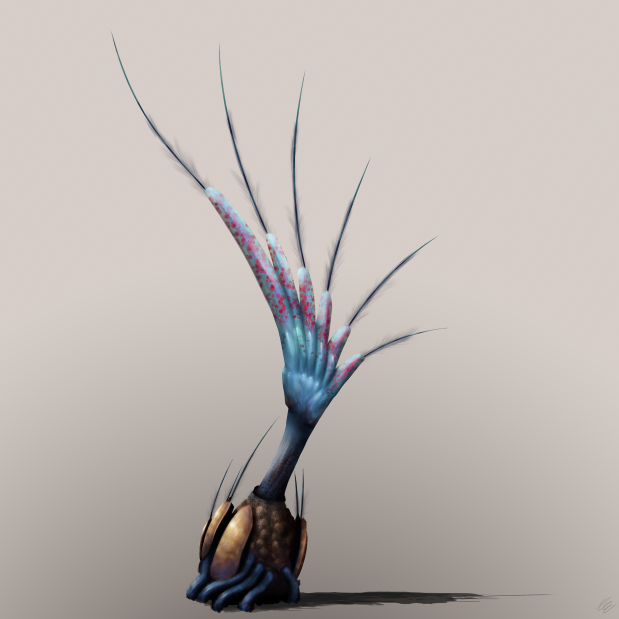Thunder Plant
The Erimian thunder plant is a species of carnivorous plant native to the dry shrublands and waterways of its homeworld, Erimia. On average they are 5 meters tall and are composed of 4 main body sections: the root system, the bulb, the leaf, and finally the wire canopy. First is the root system. The root […]
Continue Reading







